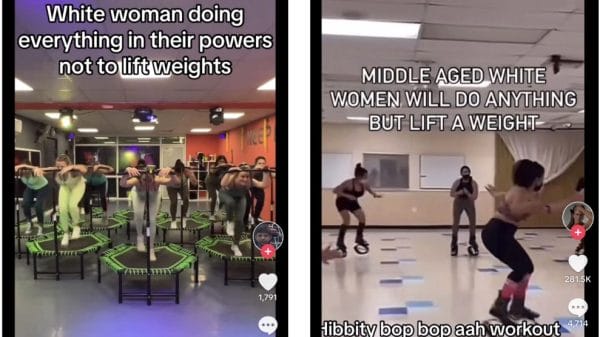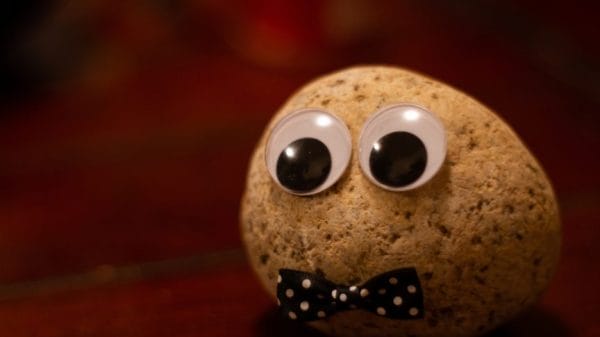TikTok has seen a rise in fitness content, with more men and women getting into the gym and encouraging the rest of their generation to do the same. This new trend had a significant positive effect on the physical and mental health of Gen Z. Still, it has significant downsides to being a part of social media – lighting tricks and camera angles show false bodies and indirectly promote steroid use.
They’re Called Influencers For a Reason
Influencers search for a way to stand out and gain followers. Before TikTok, when the Internet fitness community was born, the primary source of attention was body transformations. They displayed ads for six-pack abs in a matter of days or made videos of concise body transformations.
Recently a lot of Youtube stars have exposed these photography methods. When you look at all these photos, even if you know for a fact they’re manipulated, the constant exposure will change your view of what the human body is supposed to look like.
Some recommend taking your progress pictures from an angle since it highlights all your striations. I think it’s a perfect way to keep your self-esteem up and put yourself on the same playing field as everyone you see online.
Generation Z: Freaks of Nature
Once the TikTok fitness scene exploded in popularity, the algorithm would show men and women impossibly lean, hulking figures everywhere they looked. These fitness influencers regularly film themselves from downward angles and in harsh lighting, emphasizing every muscle while still making them look massive.
So when these guys are the “normal people” of the TikTok gym world, looking at yourself in the mirror makes you feel inferior. Even if you work out consistently and have been doing so for years, your TikTok feed may be filled with people that look like they surpass you.
A Volatile Decision
On top of all these filmmaking tricks, most influencers are on steroids or other performance-enhancing drugs. Many teenagers are starting to use SARMS, which increases testosterone but has fewer side effects than common steroids.
Some TikTok personalities now openly admit that they are unnatural. The man that arguably started this trend is Noel Deyzel, a professional bodybuilder that shared his use of PEDs in a viral TikTok. He now has his own Youtube channel where he continues talking about the current state of bodybuilding. He encourages his viewers to consider the differences between real life and the manufactured pictures and videos they see. Deyzel convinced a lot of his audience to start chasing more realistic goals – or at least ensure they wouldn’t start developing body dysmorphia.
However, it’s led many users that are 16-17 to start using steroids as well – and even worse, with no real idea of how to use them safely. Deyzel acknowledged this in one of his videos:
The Bright Side
With all the chaos and controversy surrounding TikTok fitness and its effects on us, it’s easy to forget that, as a whole, it is making Gen Z healthier and happier. Due to TikTok’s format, users must be controversial or go to extremes to stand out. It’s reached the tipping point, though.
A new group of fitness creators has been popping up to counter the extreme aesthetics clan. This is a recent pattern being shown everywhere on the Internet, even with other trends on TikTok. For instance, “Corecore” is a trend criticizing the chase of a certain core, a commentary on the desire to look aesthetic. Gen Z has started turning on the more vain and harmful aspects of its subcultures as each collectively realizes they’ve gone too far.
One of my favorite new-generation creators is DAMO, who started an entire series based on a single recurring joke. He wanted to legitimately bench press 405 pounds to say, “I could do that back in my day.” Rather than emphasizing aesthetics, DAMO focused on setting and achieving regular goals and chasing physical strength.
He made his battle with his body obvious, as the stronger he got, the less aesthetic he looked. This display of honesty about his insecurities drew people to his channel, and I think many people have been following this format recently since it’s the healthiest approach.
The age of “look good at all costs” is fading and is being replaced by a mentality of training for personal health or even a personal sense of glory and accomplishment. If you look good along the way, that’s an added benefit. The more this mindset spreads and replaces the old, the more fitness content can spread out more safely in the future.













